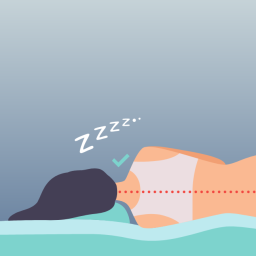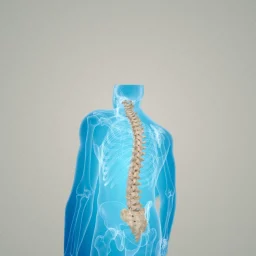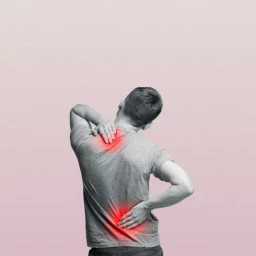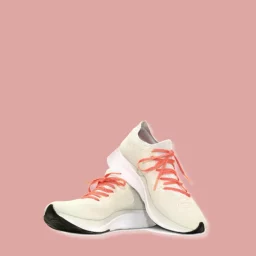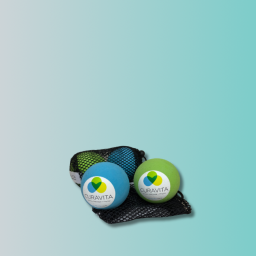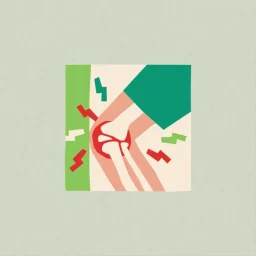Spinal stenosis is a condition characterized by a narrowing of the spinal canal. It can result in pain, numbness, and reduced quality of life. Understanding the condition and its impact is crucial for those experiencing it and their loved ones.
Understanding Lumbar Spinal Stenosis (LSS):
This chronic condition arises from factors like osteoarthritis or herniated discs, leading to pressure on the spinal cord. Different types of stenosis affect nerve roots. This causes distinct symptoms including back pain, leg weakness, numbness, tingling, and reduced mobility in the lumbar spine.
Symptoms and Diagnosis:
Recognizing symptoms like persistent back pain, weakness, and tingling is essential. The most common sign of lumbar spinal stenosis (LSS) is the “shopping cart sign”. In brief, the hunched-over position and support of the shopping cart may offer temporary relief to people with LSS who feel that walking is easier at the grocery store. Early diagnosis through imaging and thorough consultation and examination from your chiropractor ensures prompt treatment and symptom management for a greater quality of life.
Risk Factors:
Spinal stenosis is more common in older adults. Genetic factors may play a role as well as the presence of osteoarthritis leading to bone spurs in the spine. In fact, degenerative disc disease is more common in adults over the age of 60. Previous spine injuries, surgeries, being overweight, and engaging in activities that put excessive strain on the spine also elevate the risk of lumbar spinal stenosis.
Treatment Options:
Recent evidence suggests the best first-line management for lumbar spinal stenosis includes manual therapy and rehabilitation. A tailored approach to your specific needs with a combination of chiropractic, physiotherapy, and massage therapy may be recommended. Goals for treatment include improved range of motion, mobility, decreased pain and symptom relief to be able to function and continue the activities that you love. Your healthcare team will also be able to provide you with preventative tips and tricks to minimize risks associated with LSS. Prevention may involve staying active, maintaining proper posture, and avoiding excessive strain on the spine.
Living with Spinal Stenosis:
There are lots of coping strategies for chronic pain conditions that may result from LSS. These include managing pain through manual therapy, exercise, strengthening, balance training, relaxation techniques, and emotional support with counselling or community groups. Adapting to life with spinal stenosis is possible with the right resources.
Spinal stenosis is a challenging chronic condition. Therefore, a timely diagnosis and informed lifestyle choices can significantly enhance quality of life. Seeking healthcare guidance is crucial for effective management.
Book your initial assessment with one of our MSK experts online. Or call us at our CURAVITA Byward clinic (613-860-8600) or at our CURAVITA Glebe clinic (613-237-9000) today.


